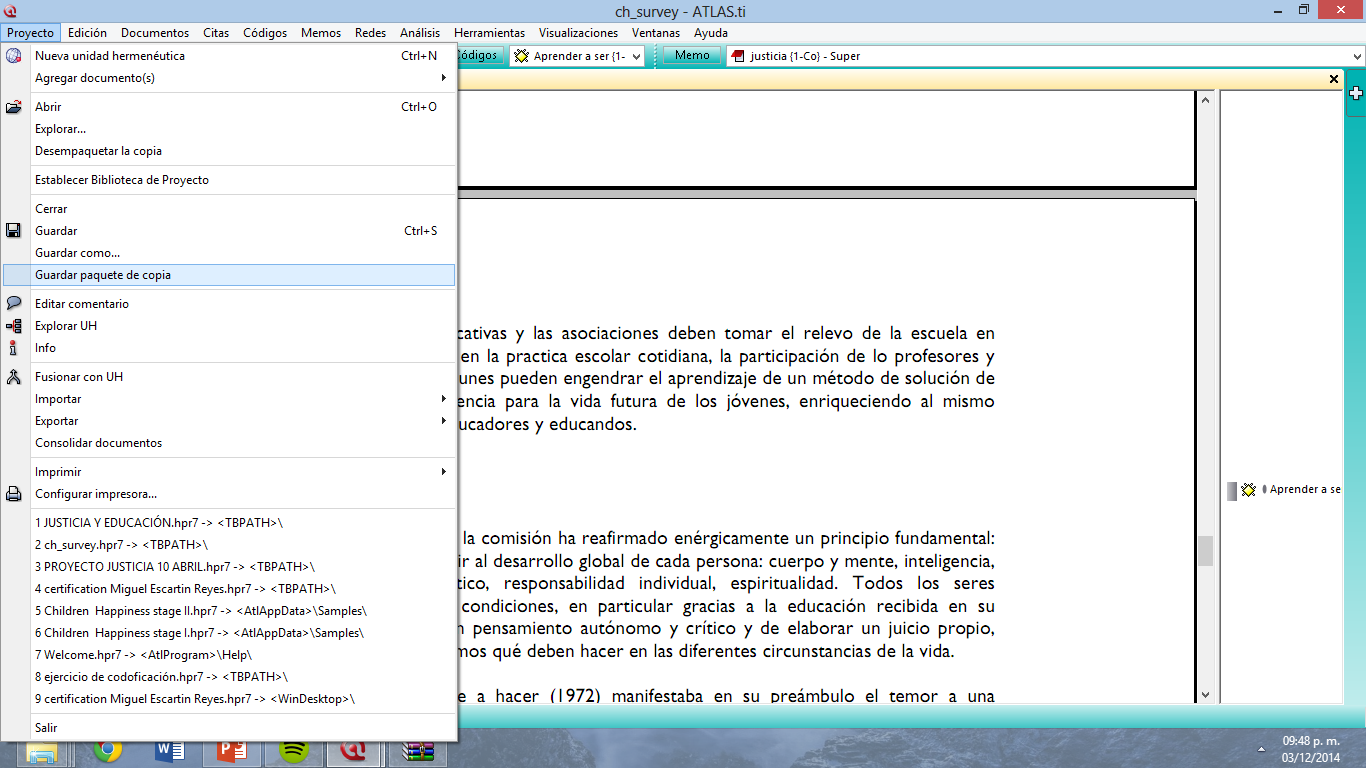

Staying with text, with which I have most experience, the package enables the segmenting of a text into passages to be indexed. There is a very useful mailing list for users of the package, which connects experienced users with beginners – one is always guaranteed a prompt and helpful response to any question, no matter how naive.Īt the heart of the system is the management of text (along with 'documents' of other kinds such as pictures, sound clips, videos, etc.). From the beginning there was a strong orientation towards the needs of potential and, subsequently, actual users.
#Atlasti memos windows#
From 1993 it was developed by its author, Thomas Muhr, into a commercial product, with a Windows version emerging in 1994. I have never regretted the choice, since the package does everything I need.Ītlas.ti had its origins in a system developed as part of a research project in the Department of Psychology, Technical University of Berlin, between 19. Of these, I have tried out NUD*IST and HyperRESEARCH, but I settled on Atlas.ti as having the easiest learning curve and the most user-friendly interface. It is one of a number of packages for such work, of which the best known, apart from Atlas.ti, are NUD*IST (and its derivative NVivo from the same company), The Ethnograph, and HyperRESEARCH. I have been using Atlas.ti for a number of years, whenever I have had some qualitative analysis to perform.

Atlast.ti Version 4.2 London: Scolari, Sage Publications Software, 2000.


 0 kommentar(er)
0 kommentar(er)
